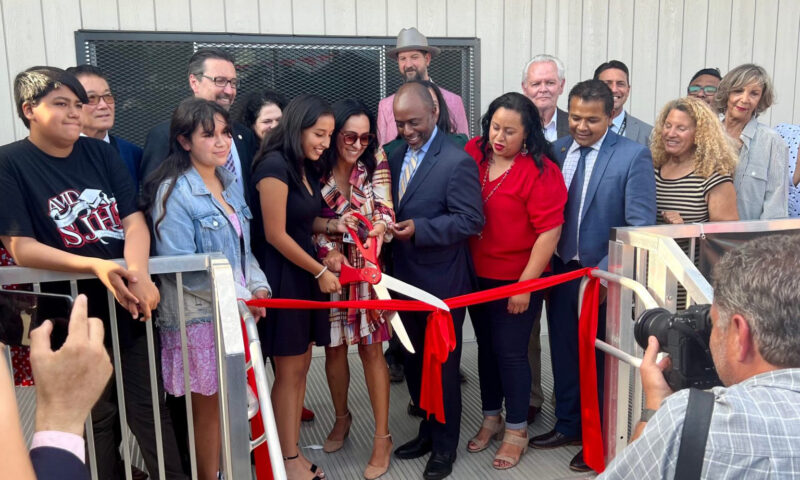

Community schools reduce health disparities by bringing medical, mental health, and wellness resources to the campuses students and families visit daily.
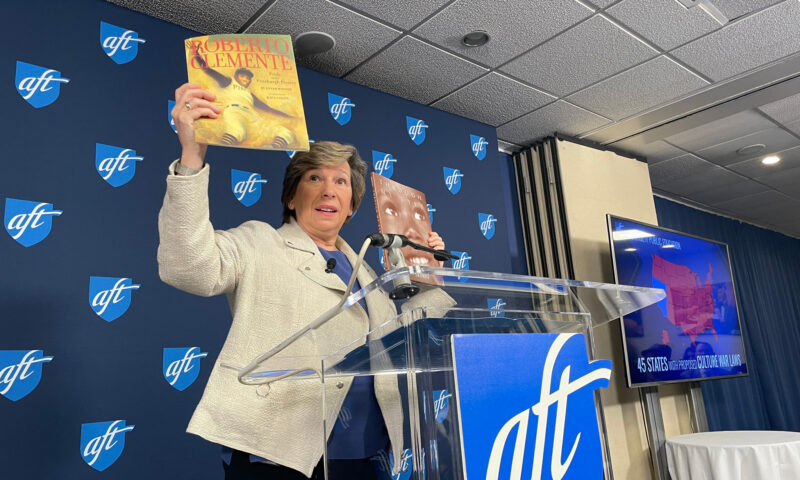

American Federation of Teachers President Randi Weingarten says GOP has an “intentional strategy” to sow distrust of public schools.
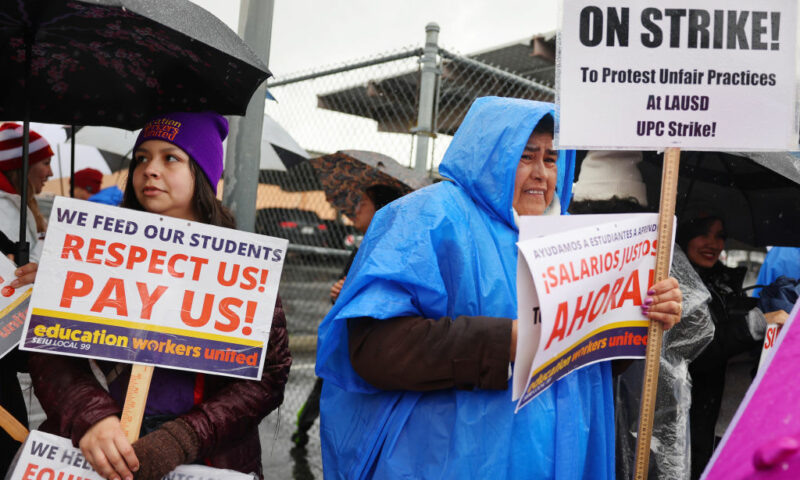
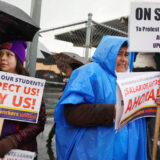
The district’s massive cash reserve could cover the demands of striking workers. There is a way, but is there the will?
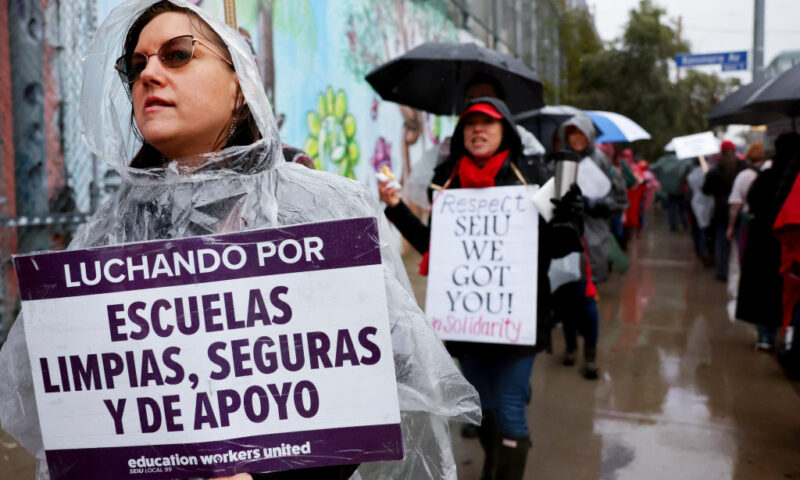

LAUSD bus driver says their three-day strike is about both pay and working conditions.


In December, legislators killed a controversial abatement program known as Chapter 313, but its effects will last decades.
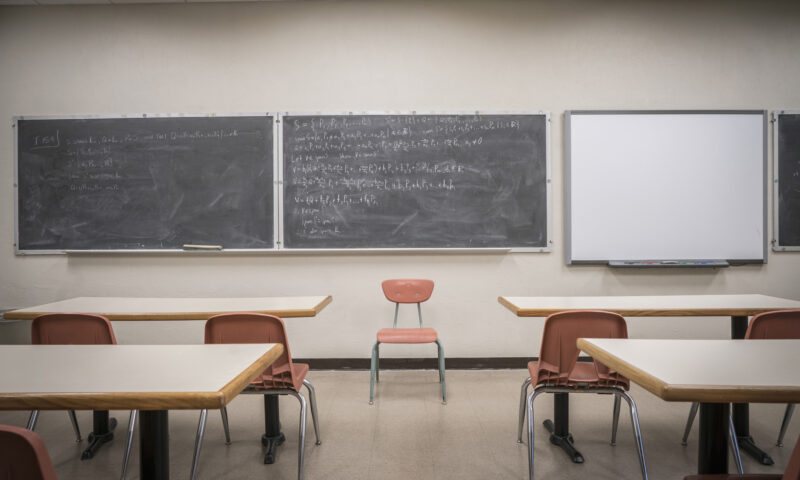

A new poll of teachers sounds a red alert for public education in the state.


The uneven impact of the pandemic has fallen heaviest on the most vulnerable students in the state.
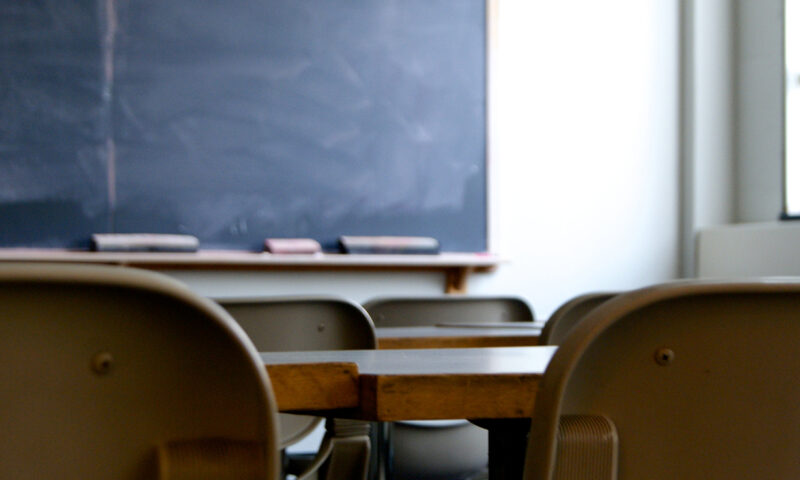

Districts struggle to fill open positions and see new waves of teacher departures this summer.


With community schools, acting locally is proving a winning idea.
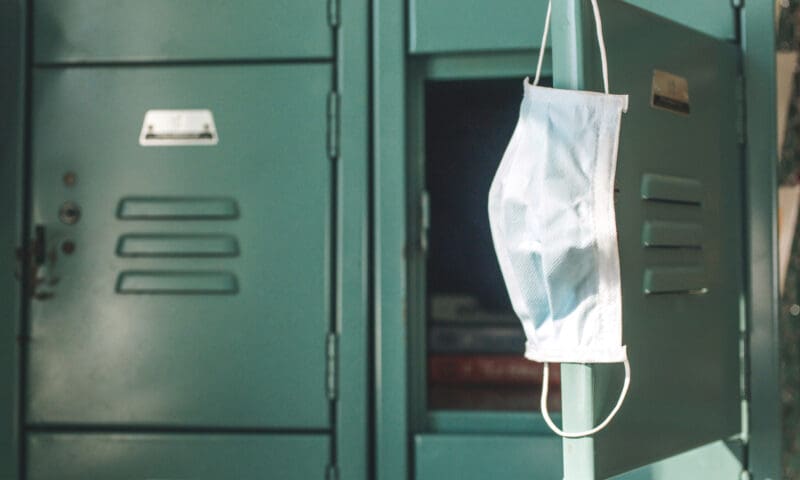

An ‘onslaught’ of school protest aims to do what California’s government has struggled to achieve: keep students safe.
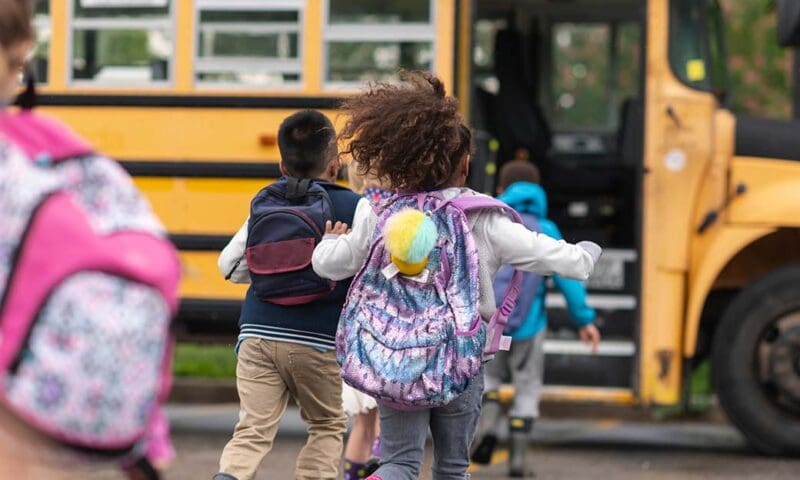

The model is expanding in California and nationally and includes a democratic approach that involves parents, teachers and staff.


The nation’s second-largest school district will only tell parents if their kids are considered “close contacts” of infected classmates.
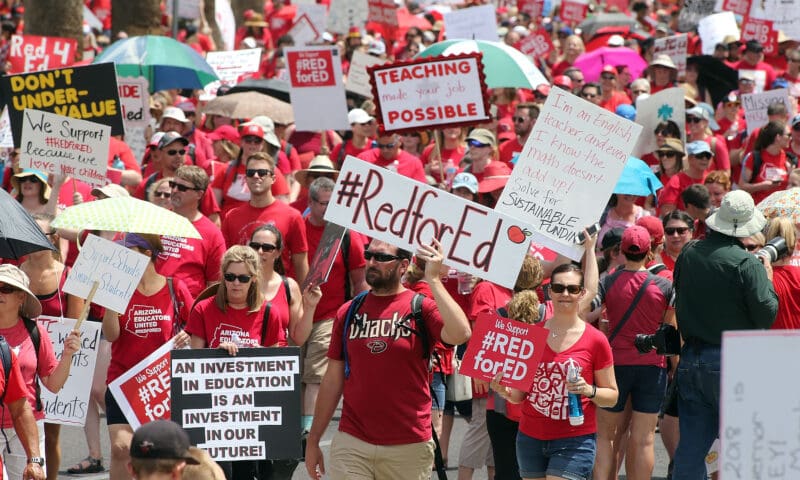

But teachers and their allies are fighting back in Arizona, Kentucky and elsewhere.


Trump’s education secretary seemed to be at war with the idea of public education. How much can Joe Biden roll back her legacy?
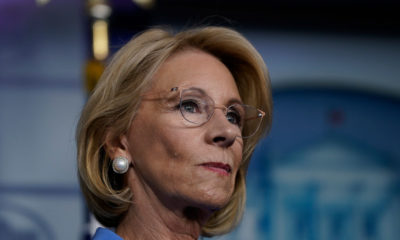

Critics charge DeVos is exploiting a national public-health crisis to promote her agenda of privatizing public education.
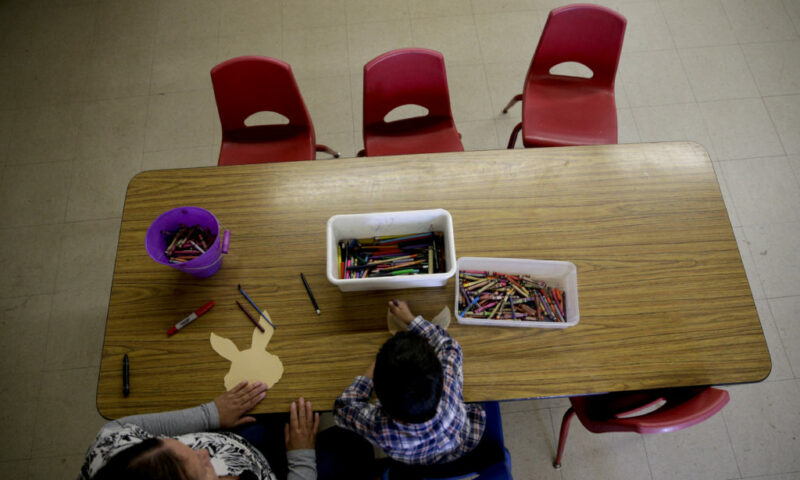
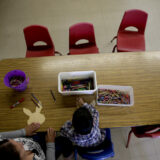
California is one of the richest states in the nation but spends about the same on its students as states like Iowa, Kansas, Louisiana and South Carolina, where the cost of living is far less than in California.
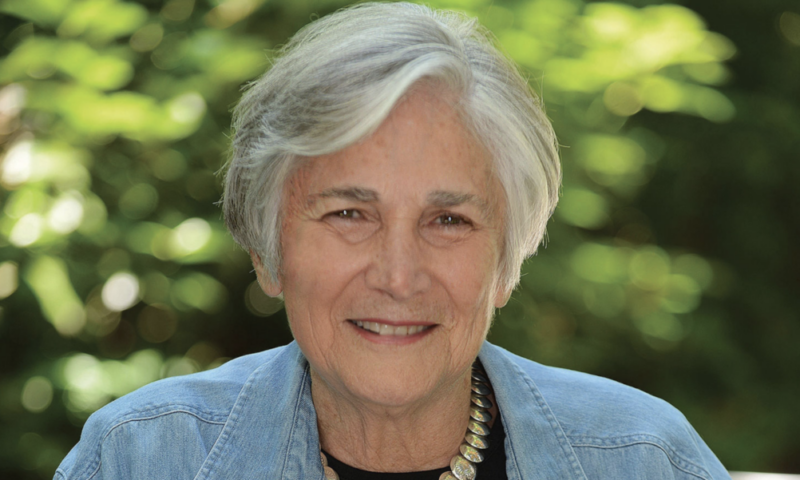

The 25-year experiment with charter schools has been a failure, former Assistant Secretary of Education Diane Ravitch said this week at the annual conference of the Network for Public Education.
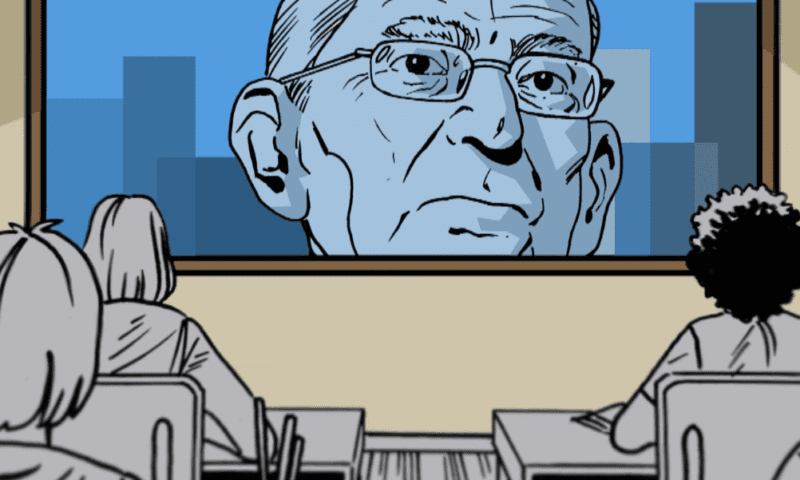

UCLA’s John Rogers on the Struggle for Democratic School Improvement.
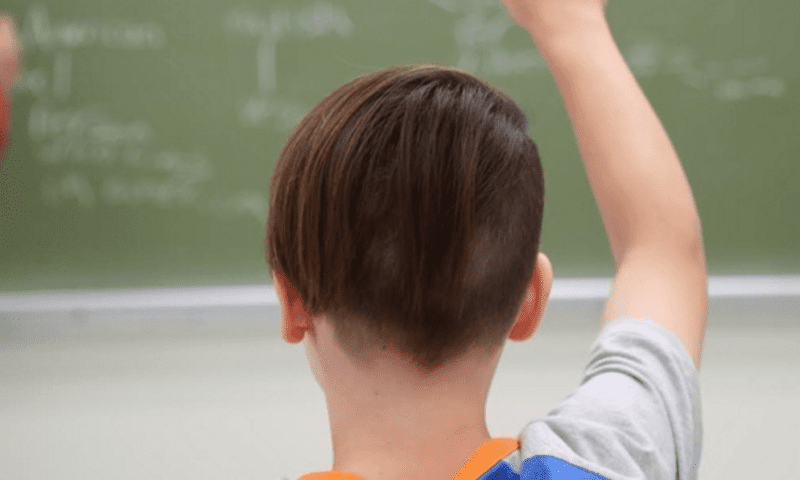

Despite the trendy popularity of charter schools in some circles, their wholesale replacement of traditional public schools is unnecessary.

